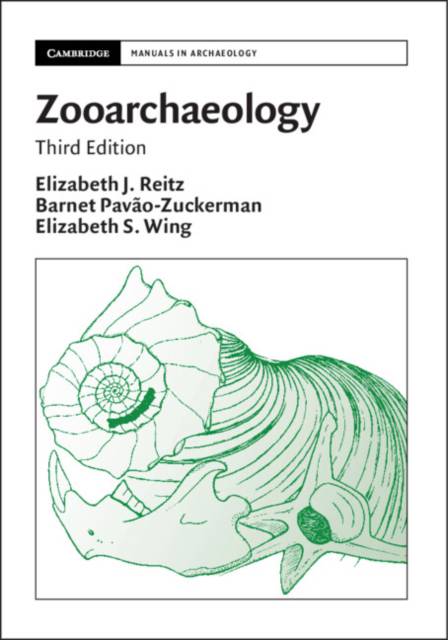
- Afhalen na 1 uur in een winkel met voorraad
- Gratis thuislevering in België vanaf € 30
- Ruim aanbod met 7 miljoen producten
- Afhalen na 1 uur in een winkel met voorraad
- Gratis thuislevering in België vanaf € 30
- Ruim aanbod met 7 miljoen producten
Zoeken
€ 67,95
+ 135 punten
Uitvoering
Omschrijving
This leading textbook introduces students and practitioners to the identification and analysis of animal remains at archaeology sites. The authors use global examples from the Pleistocene era into the present to explain how zooarchaeology allows us to form insights about relationships among people and their natural and social environments, especially site-formation processes, economic strategies, domestication, and paleoenvironments. This new edition reflects the significant technological developments in zooarchaeology that have occurred in the past two decades, notably ancient DNA, proteomics, and isotope geochemistry. Substantially revised to reflect these trends, the volume also highlights novel applications, current issues in the field, the growth of international zooarchaeology, and the increased role of interdisciplinary collaborations. In view of the growing importance of legacy collections, voucher specimens, and access to research materials, it also includes a substantially revised chapter that addresses management of zooarchaeological collections and curation of data.
Specificaties
Betrokkenen
- Auteur(s):
- Uitgeverij:
Inhoud
- Aantal bladzijden:
- 575
- Taal:
- Engels
- Reeks:
Eigenschappen
- Productcode (EAN):
- 9781108469210
- Verschijningsdatum:
- 18/12/2025
- Uitvoering:
- Paperback
- Formaat:
- Trade paperback (VS)
- Afmetingen:
- 254 mm
- Gewicht:
- 250 g

Alleen bij Standaard Boekhandel
+ 135 punten op je klantenkaart van Standaard Boekhandel
Beoordelingen
We publiceren alleen reviews die voldoen aan de voorwaarden voor reviews. Bekijk onze voorwaarden voor reviews.








